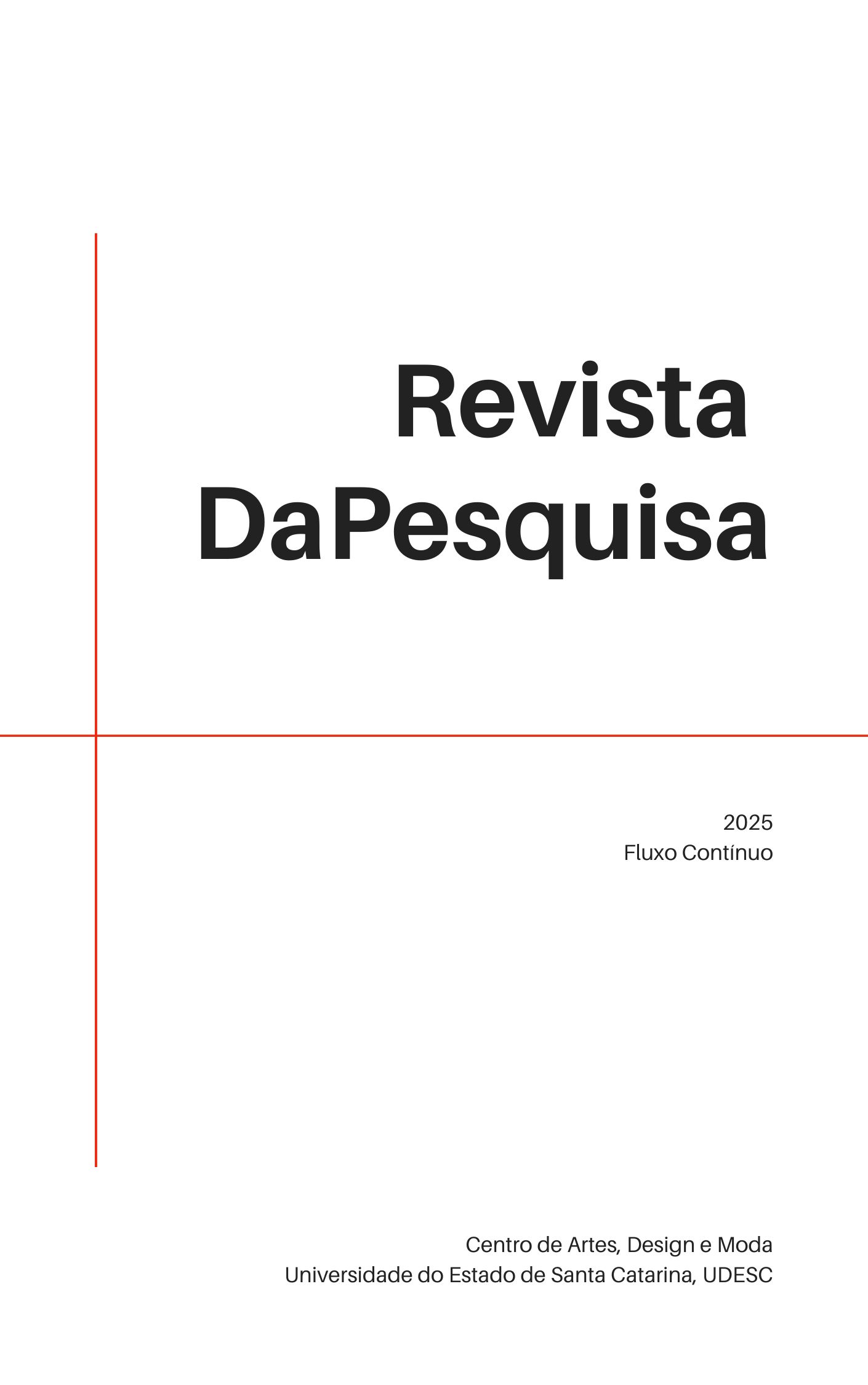Fashion Law:
The Protection of Visual Identity in the Yves Saint Laurent x Louboutin Case
DOI:
https://doi.org/10.5965/18083129172024e0018Keywords:
Direito, Direito do Consumidor, Moda, Identidade Visual, Louboutin, Yves Saint LaurentAbstract
ABSTRACT
This article aims to examine, from the perspective of Intellectual Property, the emblematic legal dispute between Christian Louboutin and Yves Saint Laurent, which falls within the emerging field of Fashion Law. Based on theoretical foundations in specialized doctrine, comparative case law analysis, both at national and international level, and study of the relevant legislation, the article investigates the possibility of legal protection of color, especially when used as a distinctive element of visual identity and registered as a trademark. The case in question raises relevant reflections on the limits between legitimate creation and undue reproduction (copy), the construction of trademark identity and the legal and market effects resulting from the decision. Finally, the article discusses the impact of this precedent on the global fashion scenario, highlighting the growing importance of protecting intangible and symbolic assets in the sector.
Keywords: Intellectual Property; Fashion Law; Color Trademark; Visual Identity; Louboutin; YSL.
Downloads
References
BARBOSA, DENIS BORGES. CURSO DE PROPRIEDADE INTELECTUAL. RIO DE JANEIRO: LUMEN JURIS, 2015.
BAUDRILLARD, Jean. A sociedade de consumo. Lisboa: Edições 70, 2005.
BAUMAN, Zygmunt.Vida para consumo: a transformação das pessoas em mercadorias. Tradução: Carlos Alberto Medeiros. Rio de Janeiro: Jorge Zahar, 2008.
BRASIL. Lei nº 10.406, de 10 de janeiro de 2002. Institui o Código Civil. Planalto, Brasília, 2002. Disponível em: https://www.planalto.gov.br/ccivil_03/leis/2002/L10406.htm. Acesso em: 9 jun. 2025.
BRASIL. Lei nº 8.078, de 11 de setembro de 1990. Dispõe sobre a proteção do consumidor e dá outras providências. Planalto, Brasília, 1990. Disponível em: https://www.planalto.gov.br/ccivil_03/leis/l8078.htm. Acesso em: 9 jun. 2025.
BRASIL. Lei nº 9.279, de 14 de maio de 1996. Regula direitos e obrigações relativos à propriedade industrial. Planalto, Brasília, 1996. Disponível em: https://www.planalto.gov.br/ccivil_03/leis/l9279.htm. Acesso em: 9 jun. 2025.
CHRISTIAN LOUBOUTIN S.A. v. YVES SAINT LAURENT AMERICA INC., No. 11-3303, United States Court of Appeals, Second Circuit, 5 sept. 2012. Disponível em: https://law.justia.com/cases/federal/appellate-courts/ca2/11-3303/11-3303-2012-09-05.html. Acesso em: 9 jun. 2025.
CORRÊA, Carlos M. Intellectual Property Rights, the WTO and Developing Countries. Londres: Zed Books, 2000.
DENNEMEYER. A brief history of trademarks. Dennemeyer Blog, 20 set. 2019. Disponível em: https://www.dennemeyer.com/blog/a-brief-history-of-trademarks. Acesso em: 3 ago. 2025.
DOUGLAS, Mary; ISHERWOOD, Baron. O mundo dos bens: para uma antropologia do consumo. 2. ed. Rio de Janeiro: Editora UFRJ, 2009.
INSTITUTO DO PATRIMÔNIO HISTÓRICO E ARTÍSTICO NACIONAL (IPHAN). Página de detalhes [nº 234]. Portal IPHAN. Brasília, DF: IPHAN, [data indefinida]. Disponível em: http://portal.iphan.gov.br/pagina/detalhes/234. Acesso em: 9 jun. 2025.
INSTITUTO NACIONAL DA PROPRIEDADE INDUSTRIAL (INPI). Diretrizes de exame de marcas. [S.l.]: [s.n.], [data desconhecida].
LIMA, Jade Vinagre. Propriedade intelectual e a moda: a ascensão do Fashion Law. IRIS-BH, Belo Horizonte, 8 ago. 2016. Disponível em: https://irisbh.com.br/propriedade-intelectual-e-a-moda-a-ascensao-do-fashion-law/. Acesso em: 9 jun. 2025.
LINO, Larissa Pereira; MARFARÁ, Carollina; COSTA PACHECO, Marcela Lima; MESSIAS, Jaddy Maria Alves Pereira. Fashion Law: o Direito aplicado à moda. Migalhas. [S.l.], [s.d.]. Disponível em: https://www.migalhas.com.br/depeso/310653/fashion-law-o-direito-aplicado-a-moda. Acesso em: 9 jun. 2025.
LOBO, Renato N.; LIMEIRA, Erika Thalita Navas P.; MARQUES, Rosiane do N. História e Sociologia da Moda - Evolução e Fenômenos Culturais. Rio de Janeiro: Érica, 2014. E-book. p.12. ISBN 9788536520629. Disponível em: https://app.minhabiblioteca.com.br/reader/books/9788536520629/. Acesso em: 09 jun. 2025.
LOPES, Juliana C. Fashion Law: o direito da moda no Brasil. São Paulo: Juruá, 2019.
MENDES, Gabriel Aguiar; AVESQUE AQUINO, Christian. A indústria da moda: uma breve análise sobre a importância social e econômica. Essentia – Revista de Cultura, Ciência e Tecnologia da UVA, Sobral, v. 15, n. 1, p. 23-36, nov. 2013. Disponível em: https://essentia.uvanet.br/index.php/ESSENTIA/article/view/37. Acesso em: 9 jun. 2025.
MIRANDA, Ana Paula de. Consumo de moda: a relação pessoa-objeto. São. Paulo: Estação das Letras e Cores, 2017
OMPI – ORGANIZAÇÃO MUNDIAL DA PROPRIEDADE INTELECTUAL. Direitos de propriedade intelectual e moda: guia prático. Genebra: OMPI, 2021. Disponível em: https://www.wipo.int/edocs/pubdocs/pt/wipo_pub_1064_2021.pdf. Acesso em: 9 jun. 2025.
SEARTT – Sociedade de Especialistas em Assuntos Regulatórios e de Propriedade Intelectual. Marcas. Disponível em: https://seartt-ip.com.br/propriedade-intelectual/marcas/. Acesso em: 22 jun. 2025.
TRF1 – TRIBUNAL REGIONAL FEDERAL DA 1ª REGIÃO. Louboutin obtém registro de solado vermelho. São Paulo: SJGO, 22 nov. 2024. Publicado por Adriana David. Disponível em: https://www.trf1.jus.br/sjgo/publicacoes-de-interesse-publico/louboutin-obtem-registro-de-solado-vermelho. Acesso em: 9 jun. 2025.
UNITED STATES COURT OF APPEALS FOR THE SECOND CIRCUIT. Christian Louboutin S.A. v. Yves Saint Laurent America, Inc., No. 11-3303-cv, 2012.
WIPO – World Intellectual Property Organization. Guidelines on Trademark Protection. [S.l.]: [s.n.], [data desconhecida].
Downloads
Published
How to Cite
Issue
Section
License
Copyright (c) 1969 AMANDA OIKAWA, MARIA ABREU, ROSIMEIRI NAGAMATSU, Marcelo Capre Dias, Marcio Ghizzo

This work is licensed under a Creative Commons Attribution 4.0 International License.
Authors who publish in this journal agree to the following terms:
The authors retain the copyright and grant the journal the right of first publication, with the study being simultaneously licensed under the Creative Commons Attribution-Noncommercial License, which allows the sharing of work with acknowledgment of authorship and initial publication in this journal.
This journal, following the recommendations of the Open Access movement, provides public access to all its content, following the principle that free access to research leads to a greater global exchange of knowledge.
Plagiarism in all its forms constitutes unethical publication behavior and is unacceptable. The Journal DAPesquisa reserves the right to use software or other methods of detecting plagiarism to analyze submitted works.





